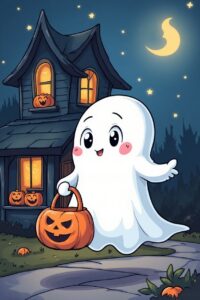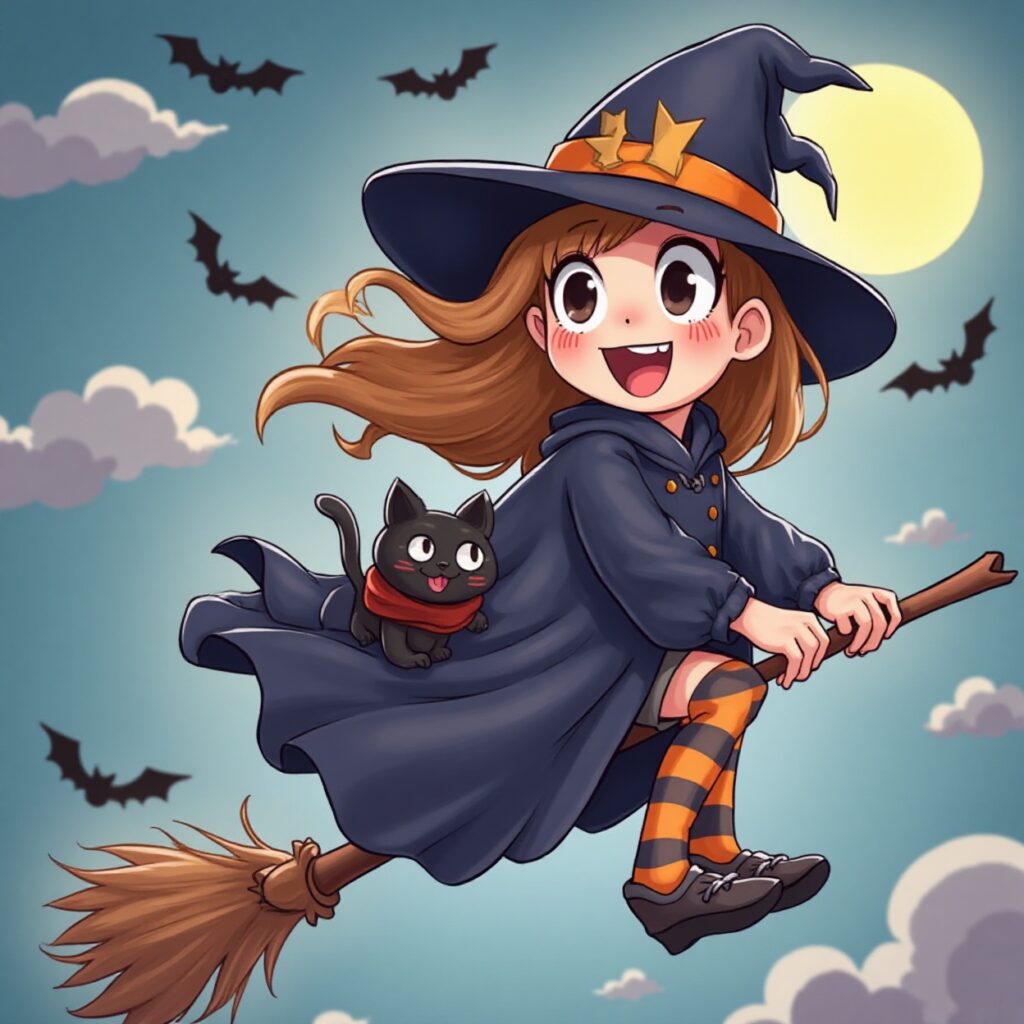
Halloween — now a celebration of costumes, candy, pumpkins, and playful frights — has a long and fascinating history that dates back over two thousand years. What began as a sacred festival honoring the cycle of life and death has evolved into one of the most beloved (and creative!) holidays of the year.
🍂 The Ancient Celtic Festival of Samhain
Halloween’s roots lie in Samhain (pronounced “sow-in”), a festival celebrated by the ancient Celts of Ireland, Scotland, and parts of Northern Europe. Samhain marked the end of the harvest season and the beginning of winter — a time associated with darkness, cold, and, most importantly, the spirit world.
The Celts believed that during the night of October 31st, the boundary between the living and the dead became thin. Spirits of the deceased could return to walk among the living. While some spirits were welcomed as ancestors, others were thought to be mischievous or harmful. To honor the dead and protect themselves, people would light bonfires, wear costumes or disguises, and offer food or treats to wandering spirits.
These traditions helped establish the earliest ideas behind what we now call Halloween — especially the focus on costumes, firelight, and treats.
⛪ From Pagan Festival to Christian Holiday
As Christianity spread through Europe, many pagan holidays were adapted and reinterpreted through a Christian lens. By the 8th century, Pope Gregory III designated November 1st as All Saints’ Day (also called All Hallows’ Day) to honor saints and martyrs. The evening before — October 31st — became known as All Hallows’ Eve, which over time morphed into the word Halloween.
Though the religious framing changed, many older traditions remained — especially the idea of honoring the dead, warding off spirits, and celebrating with light and community.
🕯️ Halloween Comes to America
When European immigrants came to North America, especially the Irish during the 19th century, they brought their Halloween customs with them. These included storytelling, fortune-telling games, and the beginnings of trick-or-treating — which stemmed from the older practice of “mumming” or “souling,” where people would go door to door offering songs or prayers in exchange for food.
It was in America that Halloween began to transform into the holiday we know today. By the early 20th century, Halloween parties, costume contests, haunted houses, and jack-o’-lantern carving had all become popular activities.
The carved pumpkin, by the way, has its own fascinating journey. Originally, turnips were carved in Ireland to ward off evil spirits. In America, pumpkins — native to North America — became the go-to carving fruit, creating the cheerful (or spooky!) jack-o’-lantern we know and love today.
👻 A Celebration of Imagination
Today, Halloween is celebrated in many parts of the world, though its form varies by culture. In the U.S. and Canada, it’s a time for creativity, costumes, and playful spookiness. It’s also a favorite holiday for artists, makers, and DIY lovers — a chance to create everything from haunted house decor to handcrafted costumes, party printables, and festive clipart.
That spirit of imagination and transformation is what keeps Halloween so special. Whether you’re handing out candy, dressing up, or creating spooky crafts for your home or shop, you’re participating in a tradition that stretches back thousands of years.

 Want to Get a Head Start on Halloween?
Want to Get a Head Start on Halloween?
Even if it’s still summer, it’s never too early to dream up your spooky-season magic! If you’re a maker, planner, or paper craft lover, check out our Whimsical Lace Ghost Halloween Clipart Bundle, Whimsical Ghost Halloween Clipart, or the Halloween Party Printables Bundle for a terrific party.
Get your Halloween Coloring page.